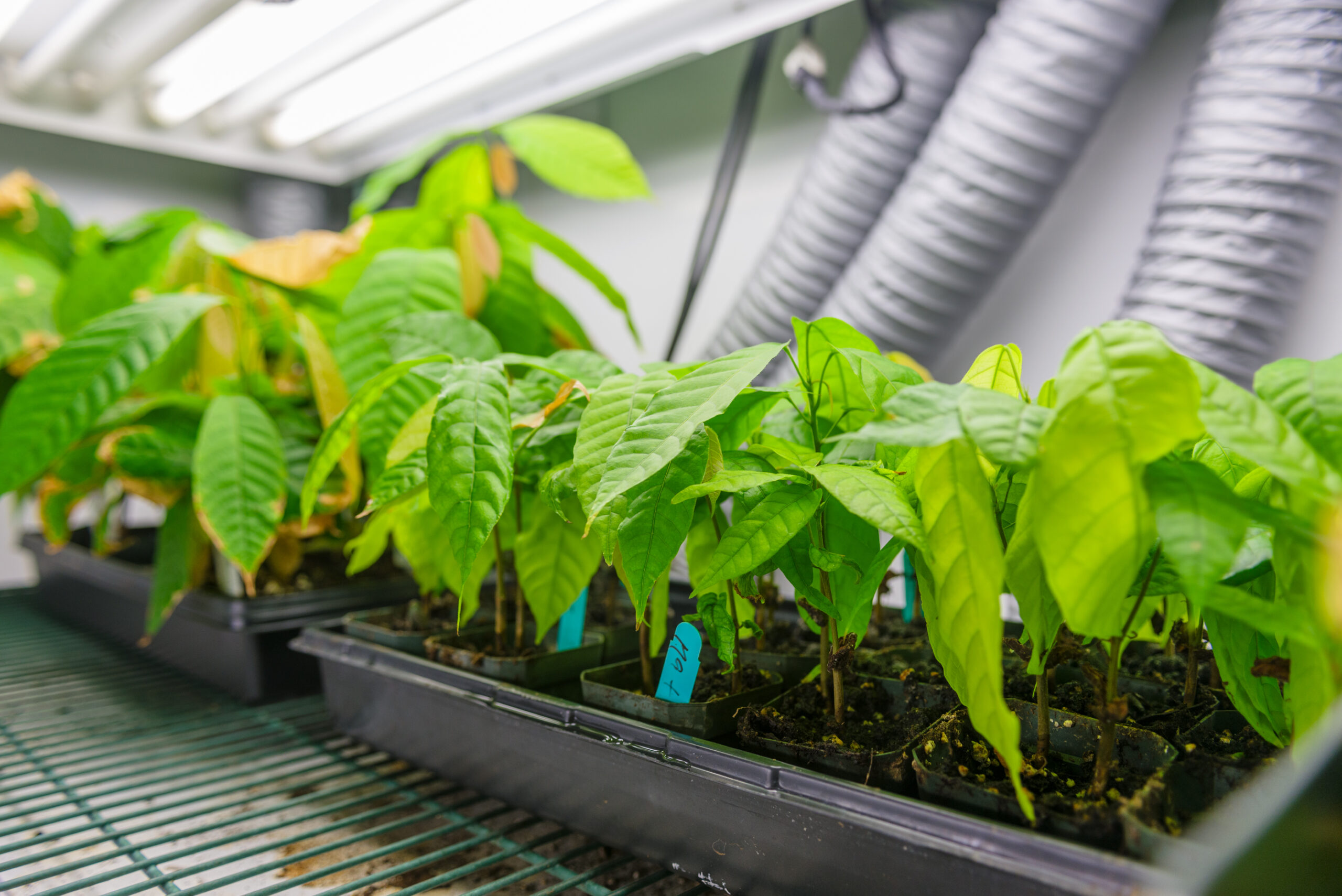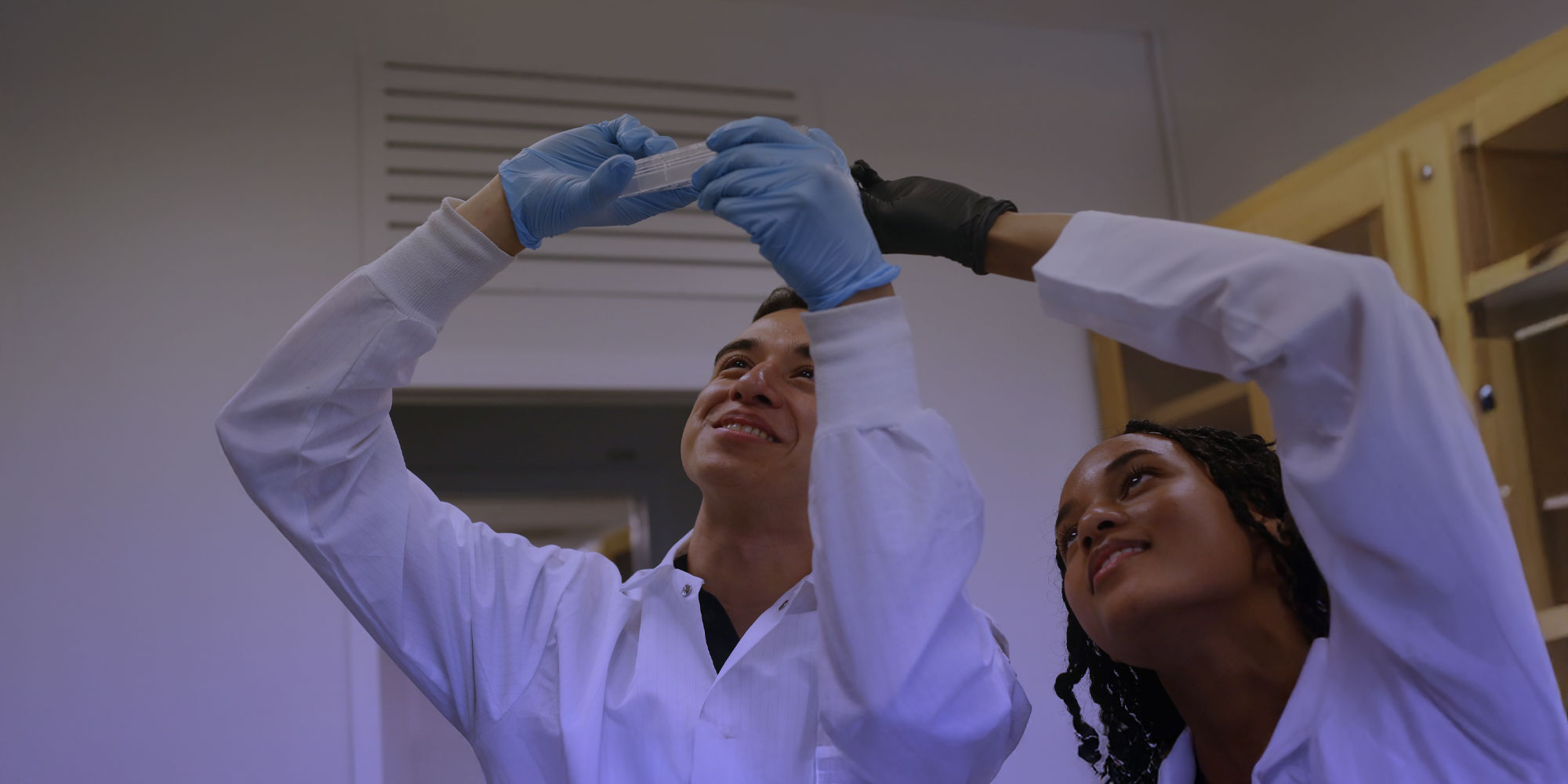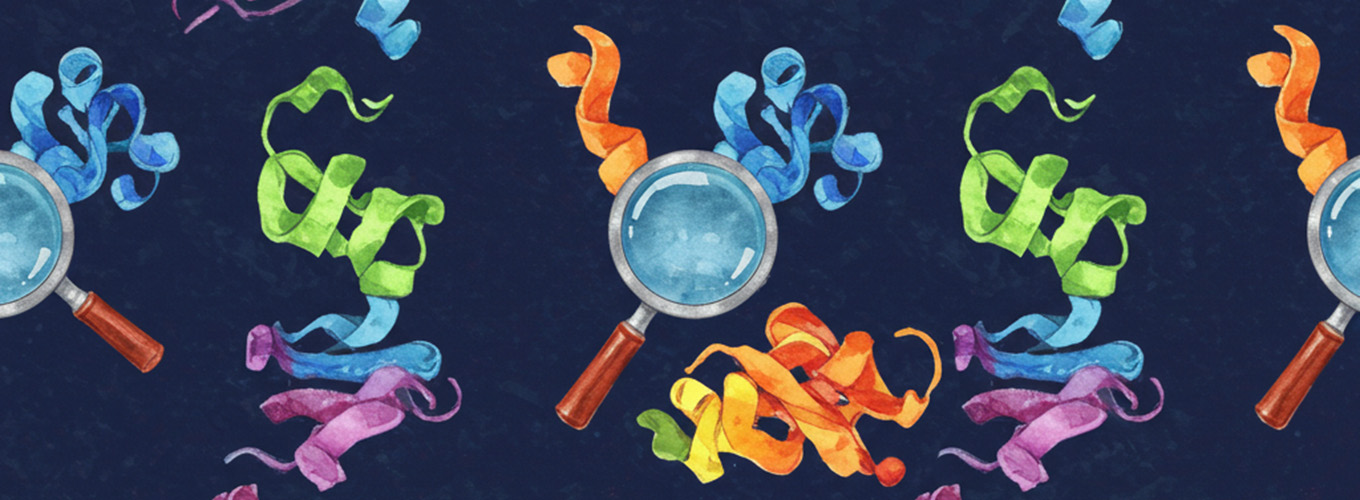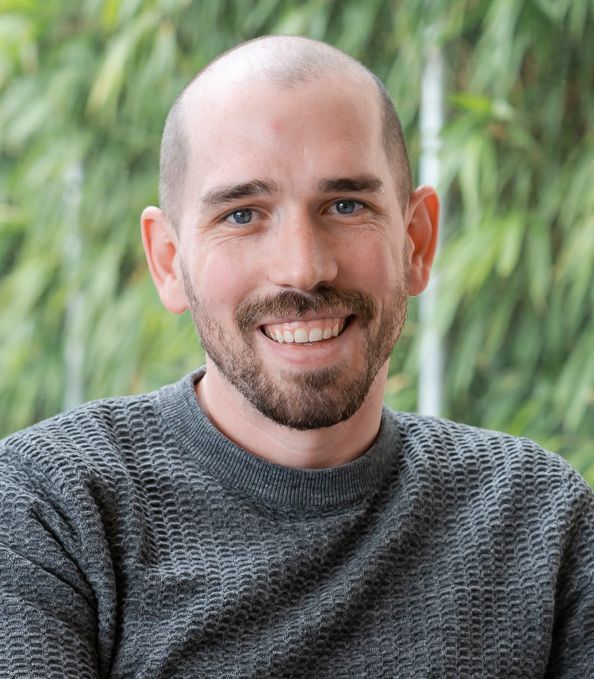
Fifth Annual Berkeley Symposium Attracts Genome Editing Pioneers
On August 18, 2017, a week before classes began on the UC Berkeley campus, the atrium of Stanley Hall was filled with scientists eager to discuss the latest research in genome engineering. The event was sponsored jointly by the California Institute for Quantitative Biosciences (QB3) at Berkeley and the Innovative Genomics Institute (IGI) and organized by Dirk Hockemeyer and Jennifer Doudna.
For a fifth straight year, the Re-writing Genomes symposium brought together leading experts to present a range of topics spanning molecular mechanisms of CRISPR proteins to cutting-edge clinical applications.
“It is amazing how fast the field matured,” said Hockemeyer. “In only 5 years since Jennifer and Emmanuelle Charpentier reprogrammed Cas9 as an editing tool, we are already talking about Cas9 entering clinical applications.”
The IGI’s Executive Director, Jennifer Doudna, started off the morning session with an introduction to CRISPR biology. She ended her talk with new findings from her lab that unravel the dynamics of Cas9 protein structure and how it utilizes “checkpoints” to make sure that only the desired sequence of DNA is ultimately cut.
Blake Wiedenheft and Joshua Modell concluded the morning session with complementary talks on the evolving battle between bacteria and phage. Wiedenheft revealed novel structures and mechanisms of anti-CRISPRs, small proteins that phage use to disable the CRISPR immune system, while Modell shared new insight into how CRISPR proteins go after viral DNA as soon as it’s injected into the bacterium, squashing the injection before it’s able to progress.
The next session offered a diverse set of engaging speakers, focused on repurposing CRISPR proteins for studying single human cells and entire mammals. Jacob Corn of the IGI started off the session by describing a how human cells repair DNA once Cas9 has introduce a break into a desired sequence. Tom Norman and Julia Joung shared how CRISPR proteins can be used as screening tools to unravel the complexity of human cell function. Anne Brunet offered an ideal segue into the afternoon session by outlining how genome engineering could be used to develop inventive animal models to study human traits or diseases, specifically centered around the cause and effects of aging.
After lunch, the topic switched to applications of genome engineering to treat human diseases. Eric Olson presented exciting new research on the use of CRISPR-Cas9 to target and correct mutations that lead to muscular dystrophy. His use of personal stories captivated the audience and underscored the potential of genome engineering to impact many lives. Hockemeyer addressed a disease that impacts many families, cancer. He utilizes genome editing to study the lifespan of cancer cells and determine how best to combat their aggressive nature. The human disease session concluded with talks from Mark Walters and Eric Pierce, who both brought physicians’ perspectives to the symposium. These two medical doctors shared their work on sickle cell disease and eyesight degeneration respectively, highlighting how curiosity-driven research from the first session’s speakers could lead to clinical applications in only a few years.
The final session of the day took the talks from the benchtop to the environment. Leslie Vosshall shared her lab’s fascinating research on why certain people are more attractive to mosquitoes and how genome engineering might subdue this attraction. David Fidock continued the mosquito theme and discussed his work to understand the mechanisms behind antimalarial drug resistance and how to design and pair novel drugs to prevent the spread of malaria. Andrea Crisanti concluded the symposium with an update on his work developing “gene drives,” a genetic approach to spreading a trait across a population. Crisanti aims to reduce mosquito populations or inhibit their ability to transmit disease through precise engineering of mosquito genomes.
In between each session, over 350 participants had the opportunity to check out a wide-ranging set of posters and discuss their own genome engineering research.
This symposium was made possible in part by generous support from primary sponsors Agilent Technologies and Thermo Fisher Scientific, with additional support from Caribou Biosciences.
[metaslider id=10166]
All photos were taken and edited by Peg Skorpinksi.
You may also be interested in

Wolf Prize Laureate Brian Staskawicz on 40 Years of Plant Immunity Research

Announcing the Rising Stars Program: A New Collaboration Between the IGI and Historically Black Colleges and Universities

Breakthrough Method Enables Rapid Discovery of New Useful Proteins

 By
Kevin Doxzen
By
Kevin Doxzen